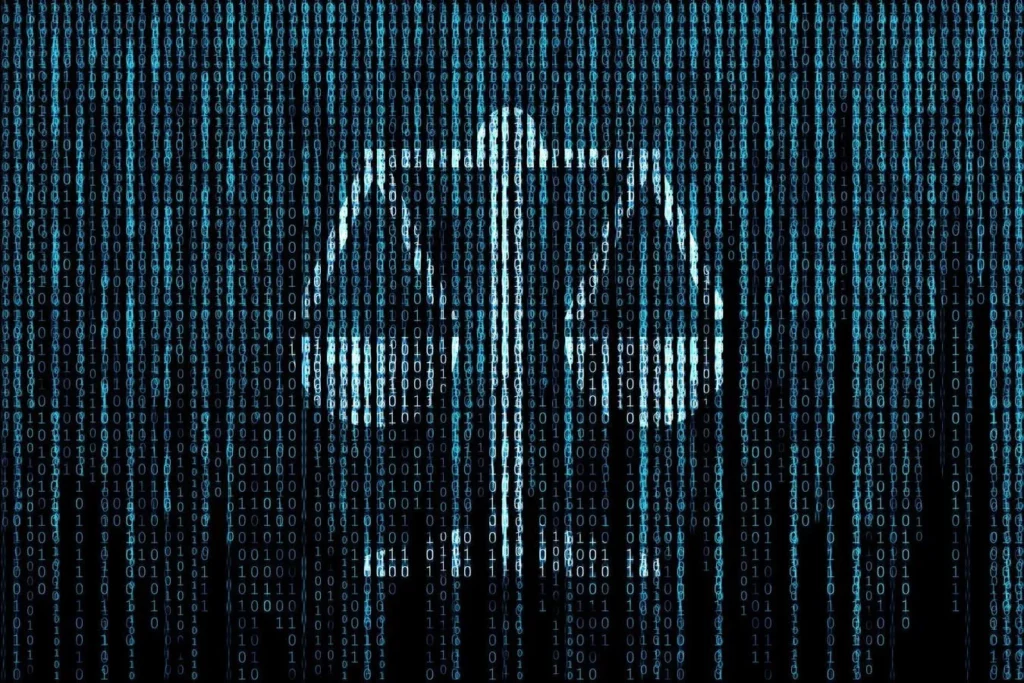
ISO/IEC 42001: A Handbook to Avoid AI Governance Failures
The recent lawsuit against TikTok and X over allegations of algorithmic bias, content manipulation, and deceptive AI practices has sent a strong signal that AI governance failures can have severe legal consequences. This article highlights the importance of proactive AI management and how ISO/IEC 42001 can serve as a handbook to avoid such failures.
ISO 42001 is an international standard for AI governance, focusing on the development, deployment, and maintenance of AI systems. The recent lawsuit against TikTok and X serves as a case study in what happens when AI governance is reactionary instead of proactive. By incorporating ISO 42001 into their operations, companies can avoid similar legal issues.
Seven Key Takeaways:
1. **Algorithmic Bias**: Algorithmic bias can lead to devastating consequences, including discrimination and unfair treatment. ISO 42001 requires organizations to identify, assess, and mitigate AI-driven biases before they cause harm.
2. **Content Manipulation**: The lawsuit highlights the risks of AI-driven content manipulation. By implementing ISO 42001’s transparency and explainability measures (Clauses 7.3 & 7.4), companies can proactively ensure that users understand how AI influences their experience.
3. **Deceptive AI Practices**: Deception is a significant risk in AI deployments, as AI systems may be designed to manipulate or deceive. ISO 42001’s emphasis on transparency and explainability (Clauses 7.3 & 7.4) would have prevented deceptive AI practices from occurring in the first place.
4. **Accountability at Leadership Level**: Clause 5.1 of ISO 42001 requires accountability at the leadership level, ensuring that AI governance is a strategic priority.
5. **Risk Identification and Mitigation**: ISO 42001’s Clause 6.1.4 mandates AI risk assessments before deployment, enabling organizations to identify and mitigate potential risks early on.
6. **Ongoing Monitoring and Audits**: Clauses 9.1 & 9.2 of ISO 42001 require continuous monitoring and internal audits to ensure ongoing compliance with evolving regulations and legal requirements.
7. **Compliance Acceleration and Harmonization**: As the regulatory landscape evolves, companies must adapt quickly to new AI governance requirements. ISO 42001 serves as a compliance accelerator, harmonizing international standards to reduce legal risks for global organizations.
In conclusion, ISO/IEC 42001 offers a proactive approach to AI governance, ensuring transparency, accountability, and responsible risk management. The recent lawsuit against TikTok and X is a stark reminder that neglecting AI governance can have severe consequences. By adopting ISO 42001, companies can avoid such failures and maintain trust with their users.
ISO 42001 in Practice
ISO/IEC 42001 serves as a framework to guide the development of an effective AI management system. Implementing this standard:
• Aligns organizations with evolving legal requirements
• Reduces the risk of algorithmic bias, content manipulation, and deceptive AI practices
• Enhances transparency and explainability
• Strengthens accountability at leadership levels
ISO 42001: A Proactive Approach to AI Governance
The recent lawsuit highlights the consequences of reactive AI governance. ISO/IEC 42001 offers a proactive approach to AI management, ensuring organizations remain ahead of the curve in terms of legal compliance, transparency and user trust.
This article was written by Forbes Councils Member Anand Srinivasan, CEO of Nalando Consulting Group & Author of “Beyond AI – The Business Case for Ethics.”
Source: https://www.forbes.com/councils/forbestechcouncil/2025/04/03/isoiec-42001-a-handbook-to-avoid-ai-governance-failures/


